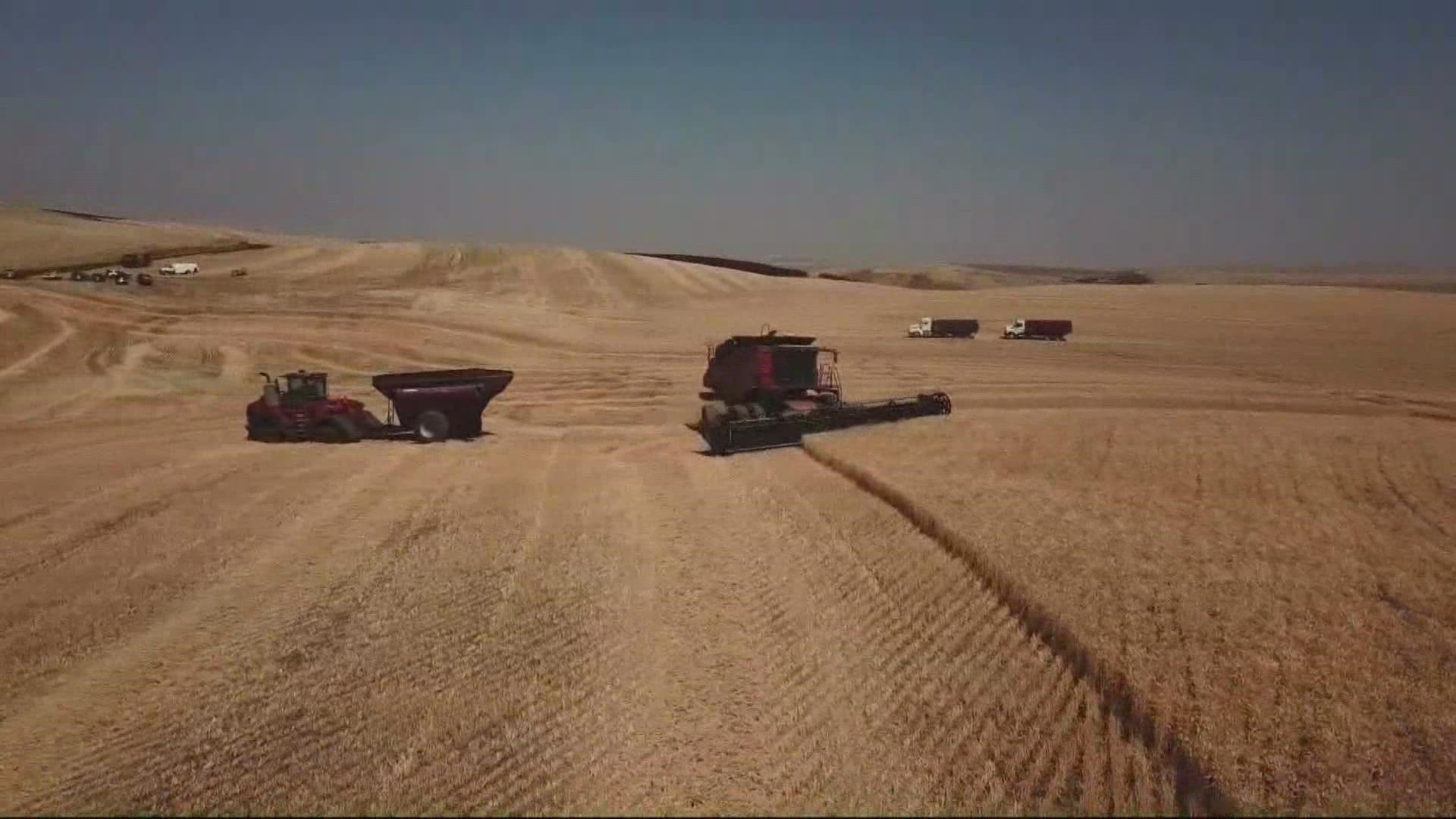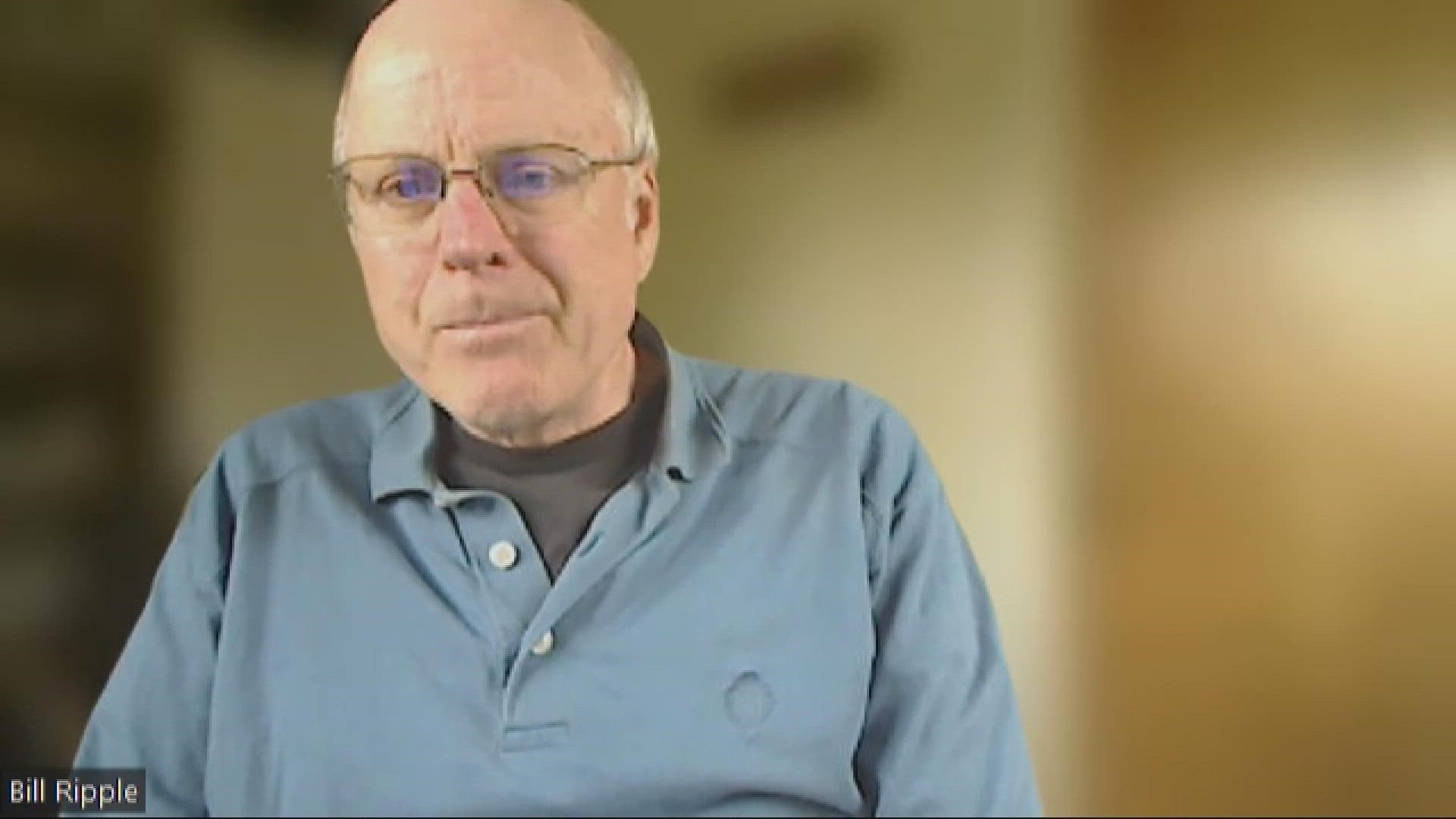PORTLAND, Ore. — Oregon saw no shortage of extreme weather events in 2022, and though the year didn't feature the attention-grabbing heat waves and wildfires of recent years, climate change still left its fingerprints on the Beaver State.
Oregon State Climatologist Larry O'Neill said some of the state's weather fell in line with what's typical in the Pacific Northwest, but there was cause for concern as well. That’s largely because the heat over the summer was actually more extreme than climate models had predicted.
"I personally think that the climate models are probably underestimating some of the warming a little bit," he said.
O'Neill noted that the year started out unusually dry, with many areas of the state seeing precipitation levels well below normal in January and February. That all changed in mid-April, when a late-season snow storm dropped nearly 2 inches of snow in and around the Portland area.
The storm kicked off an wet period the likes of which Oregon hadn’t seen in more than 150 years.
"Between April and June this year, Oregon received the most rain during that period than it ever had before in recorded history going back to 1895, and it was really felt statewide," O'Neill said.
The late spring rains helped provide temporary relief to some of Oregon's drought-stricken communities and pushed back the start of fire season in parts of the state — but it couldn't be held off forever.
Soon after the Fourth of July holiday, the state began to warm up and it would stay warm all the way through the end of October.
"As soon as July 4th came, we started to get a lot of these 90 degree days and a few 100 degree days," O'Neill said. "Starting from July until we got through October, every month was just the hottest month in state recorded history."
The summer didn't feature anything like the record high temperatures the Pacific Northwest saw during the 2021 heat dome, but instead was marked by what O'Neill called a "low and slow bake."
That made for significant setbacks in regions still reeling from multiple years of drought.
"A lot of fields have been left fallow or people planted crops and they failed because there wasn't enough water," O'Neill said. "We're also seeing more and more domestic well systems going dry."
As fall and winter set it, Oregon returned to its wetter and cooler climate, capped off by an Arctic blast that brought temperatures in the teens to the Willamette Valley as well as shots of sleet and freezing rain.
O'Neill said that even cold snaps haven't been immune from the effects of climate change, and that the region used to see deep freezes more frequently than it has in recent years.
"We actually didn't really set very many record low temperatures or hardly any at all during this cold snap," he said, noting that record highs have outpaced record lows in recent years by a ratio of roughly four-to-one.
From a wider lens, O'Neill said climate models are predicting more summers like we had in 2022, with long periods of heat at or above 90 degrees.
"The last two summers are two flavors of what will be normal within the next one to two decades," he said. "And then it'll get even worse after that."
O'Neill said he had some optimism about Oregon's efforts to transition to renewable power sources and move away from the fossil fuels responsible for the warming climate.
But he also cautioned that some degree of warming is guaranteed by the carbon dioxide already in the atmosphere, so it's important that state policymakers continue to help Oregon's most vulnerable residents adapt to a hotter future.
"The models are very consistent that we are going to experience many more hot days going into the future," he said.


